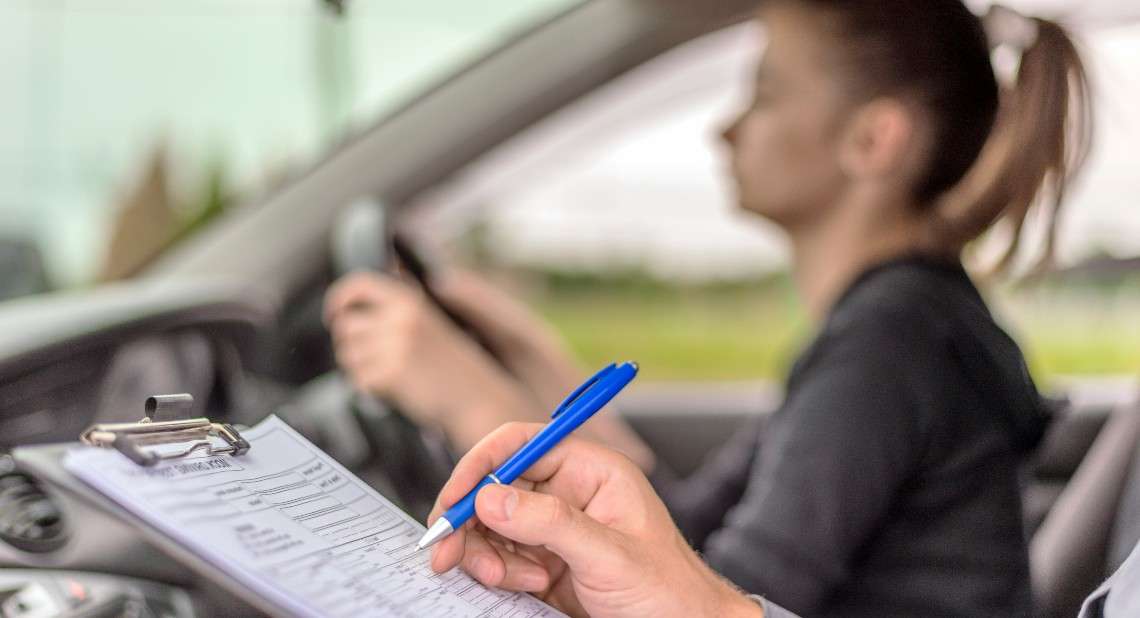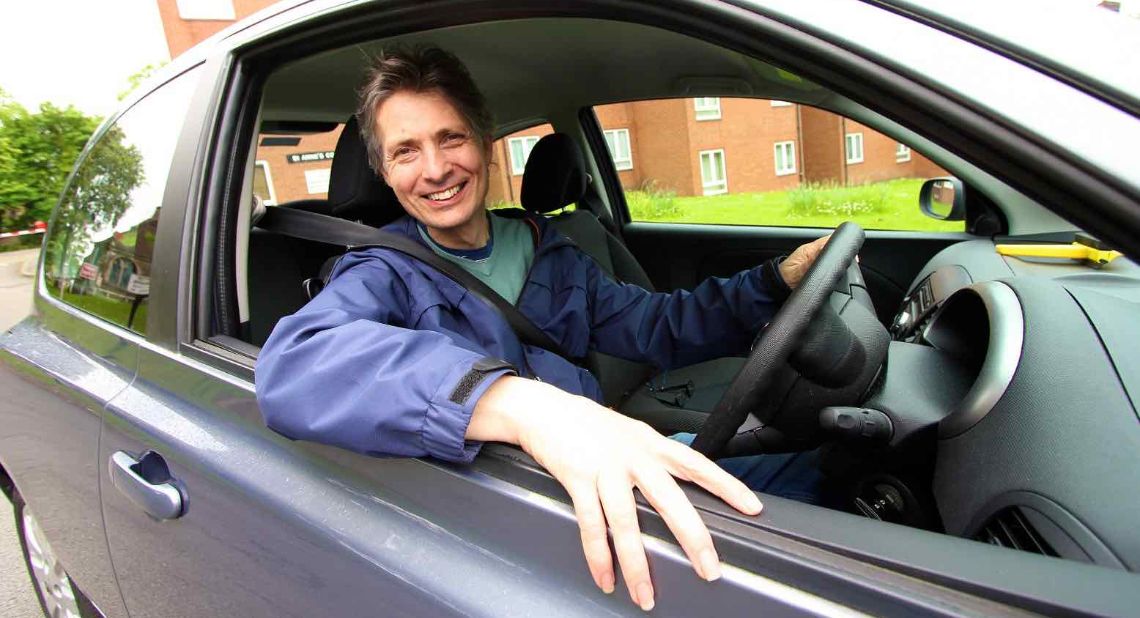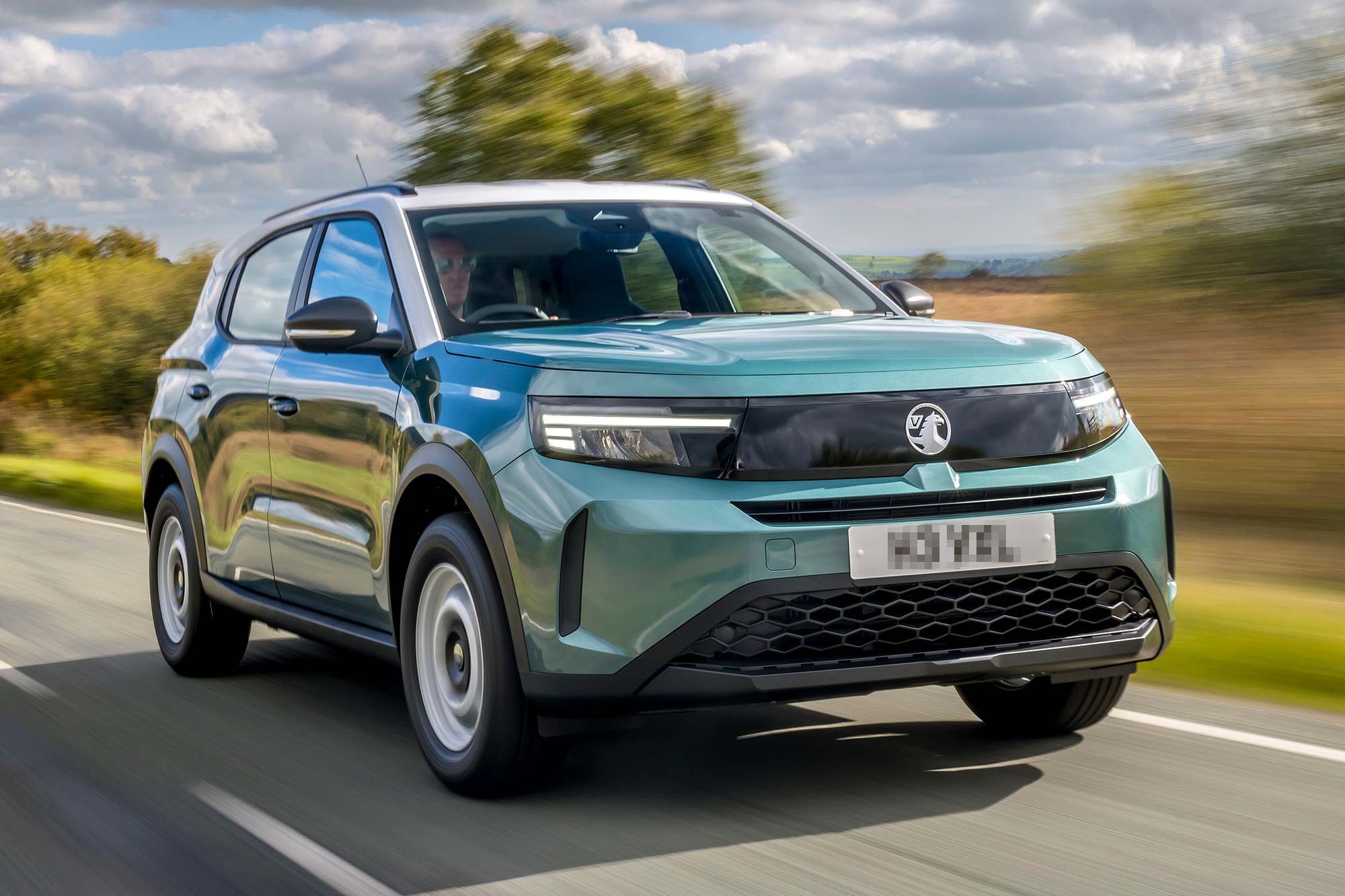Driving can be a real liberation if your disability limits your ability to get around. We’ve put together a quick guide to the driving test and the provisions available for disabled people that will hopefully give you the confidence to pass with flying colours!
Driving introduces you to a new world of freedom and mobility – and this journey has several stages. After getting your provisional licence and booking some lessons, the next milestone on your personal road to freedom is passing the driving theory test. This is made up of two parts taken one after the other: multiple-choice and hazard perception.
The multiple-choice section
In this section you have 57 minutes to answer 50 multiple-choice questions, you must answer 43 correctly to pass. Before the test starts, you’ll get instructions on how the test works and the chance to do some practice questions to get used to the screens. This is a section where it really helps to revise, as it’s basically a test of your knowledge.
A question and four possible answers will appear on the screen, and you will have to select the right answer. Three of the questions are based on a short video that will show a normal driving situation, such as driving through a town centre or driving on a country road. The video is silent, and you can watch it as many times as you like whilst answering the three questions.
It’s worth knowing you can ‘flag’ questions that you want to come back to at the end of the multiple-choice section, and you can review all of the answers and change them if you wish. When you are happy that you have answered all the questions, press “end test” and you will then move on to the hazard perception test; you can take a break of up to 3 minutes before starting this.
If you have learning or reading difficulties that meant you needed help with tests and exams at school or college you may be able to get similar help when you are taking the multiple-choice part of the theory test. More details are available on the Disability Driving Instructors website.
The Hazard Perception Test
This test assesses how well you are able to spot and react to a “developing hazard” – something that would cause you to take action, like changing speed or direction.
When taking the test you will be shown 14 videos that feature everyday road scenes and contain at least one developing hazard.
Detecting a potential hazard early enough is an important skill that all drivers should have, and no special allowance is made when taking the hazard perception test.
Our top five tips to success in this section are as follows:
- Practise the test first. There are plenty of online hazard perception test examples so you know what to expect,
- Know what a developing hazard is and how you identify one,
- Remember that one clip has two hazards to identify,
- Click as soon as you notice a potential hazard that might turn into a developing hazard,
- Try not to overdo the clicking as this will count against you.
Positive steps by the DVSA
A positive development for disabled and hearing-impaired people is that the Driver and Vehicle Standards Agency (DVSA) has striven to make the theory test as accessible as possible for disabled people. The DVSA has ensured test centres are wheelchair accessible wherever possible.
For people with a physical disability, the DVSA can provide equipment for making the operation of the computer easier – such as an adapted computer mouse or foot pedals. Deaf candidates can request an on-screen BSL signer or the DVSA can arrange the use of a listening aid (hearing loop), a lip speaker or a one-to-one BSL interpreter. For more details, visit gov.uk .
Other help available
As well as a computer voice-over which is available for all candidates, the DVSA may allow extra time or a reader/recorder for candidates with learning difficulties (who provide proof of special needs). For candidates who have severe difficulties with language comprehension, oral language modification may be offered – where the meaning of the language used can be explained and in exceptional circumstances, a home test may be possible.
Requests for special needs assistance must be made when booking the test and proof of special needs is required in advance of this, so send it in as soon as possible: email – customercare@pearson.com or call 0300 200 1188.
Learning early
One big difference between learning to drive with or without a disability is actually a positive one if you are disabled. Unlike non-disabled drivers who have to wait until they are 17, you can learn to drive and take your driving test at the age of 16, applying for your provisional licence three months before your birthday if you receive the higher rate mobility component of DLA or the enhanced rate mobility component of PIP.
Your health considerations
When you apply for your provisional licence you need to complete the health declaration to tell DVLA about any notifiable medical conditions. If you are unsure about your fitness to drive discuss this with your GP and, if necessary, get a referral to your local Driving Mobility Assessment Centre, this referral could be from the GP or you could ask the Motability Scheme to refer you. DVLA may then make medical enquiries about your fitness to drive and it is possible that they might ask you to see a DVLA specialist or another doctor close to you to make sure your licence is suitable for you.
Specialist instructors
Something else that may help you as a disabled learner driver is to take lessons with a specialist driving instructor who understands your condition and can adapt the way they teach. The Association of Disability Driving Instructors, a not for profit Community Interest Company (CIC), helps people with physical disabilities, special educational needs and those with hearing difficulties who need advice about driving, the association holds details of specialist driving instructors throughout the UK. Visit Disability Driving Instructors website to find out more – it could be the first step of your driving journey.
How the Motability Scheme can help you
There is help for disabled learners in a more general sense as Motability, the Charity, is able to help fund the cost of lessons for some novice drivers. Motability can fund up to 40 hours of driving lessons for customers who meet certain eligibility criteria.
Motability, the Charity, can also provide grants to disabled people who already have a licence but need familiarisation lessons; for example, if they need to get used to new driving adaptations. Find out more here.
The Motability Scheme helps you to get mobile by exchanging your mobility allowance to lease a new car, Wheelchair Accessible Vehicle, scooter or powered wheelchair, all of which come with our fully inclusive lease package, so you can get on the road and enjoy everyday freedom: it’s simple, affordable, reliable.
If you’d like to find out more about the Scheme, request an information pack below and we’ll send you all the information that you need to make the right choice.
Related articles
Intensive driving courses: The ultimate guide
Is advanced driving right for you?
Driving test change to boost accessibility
![]()






